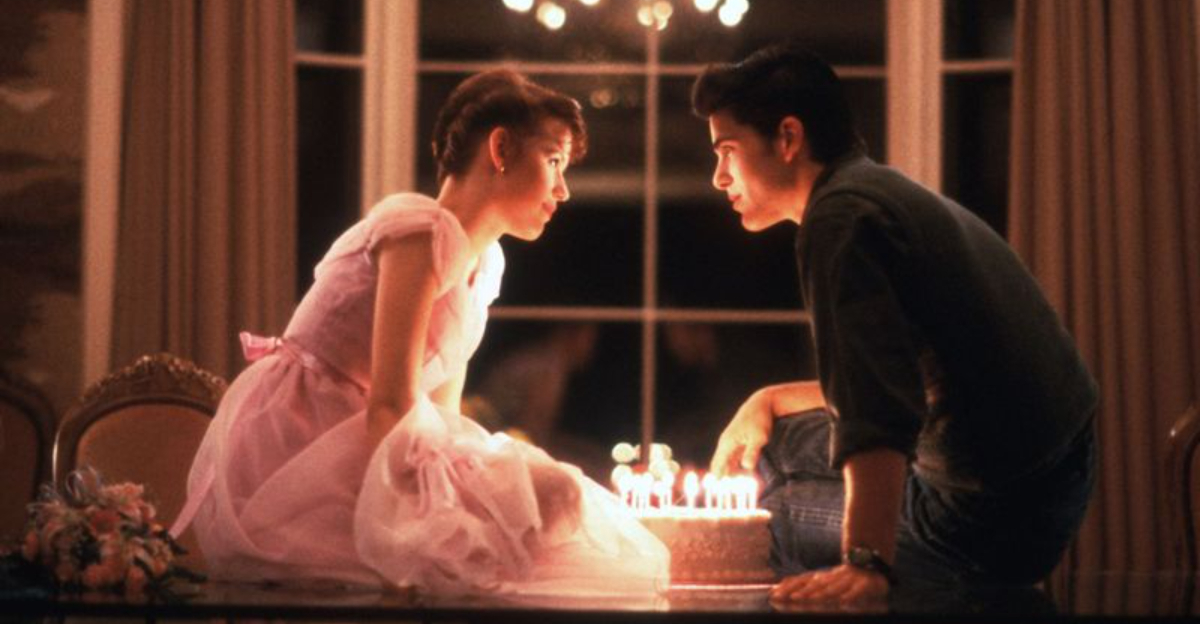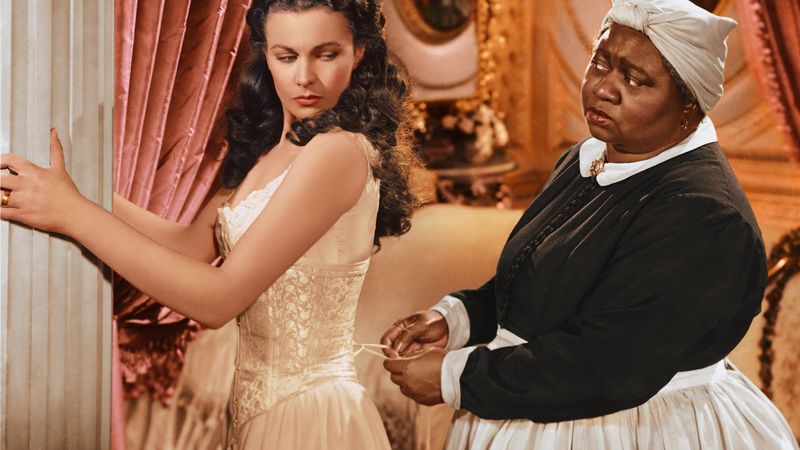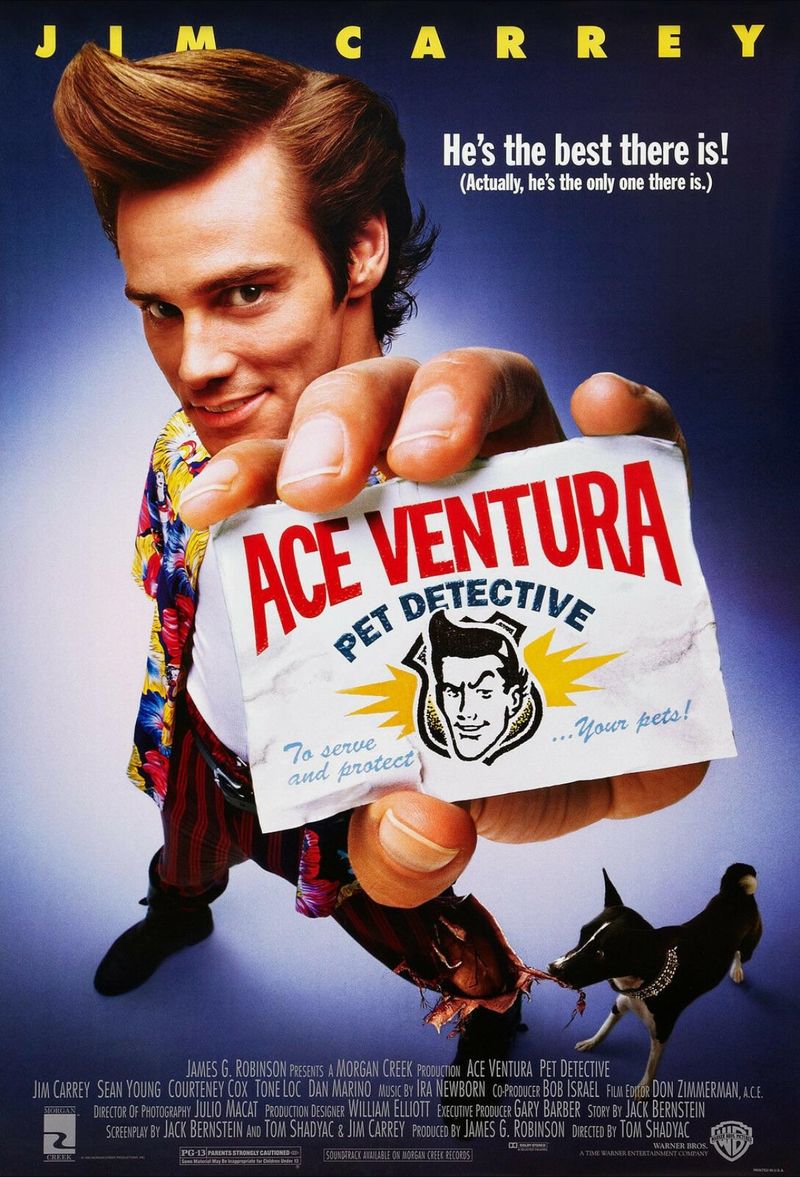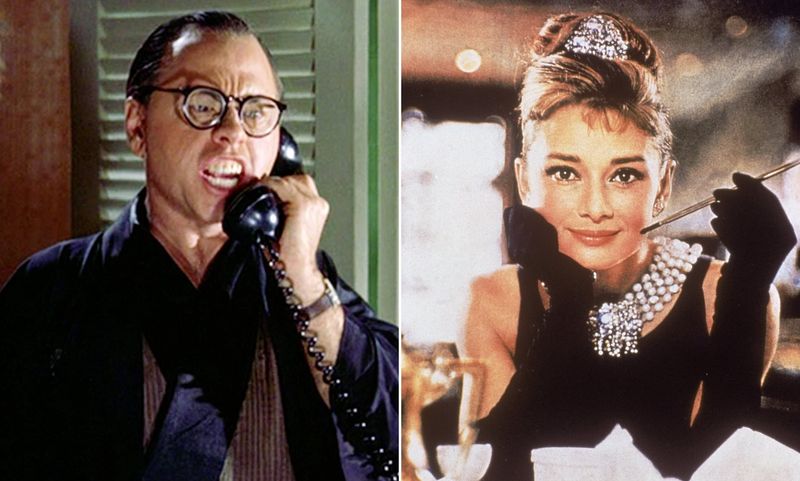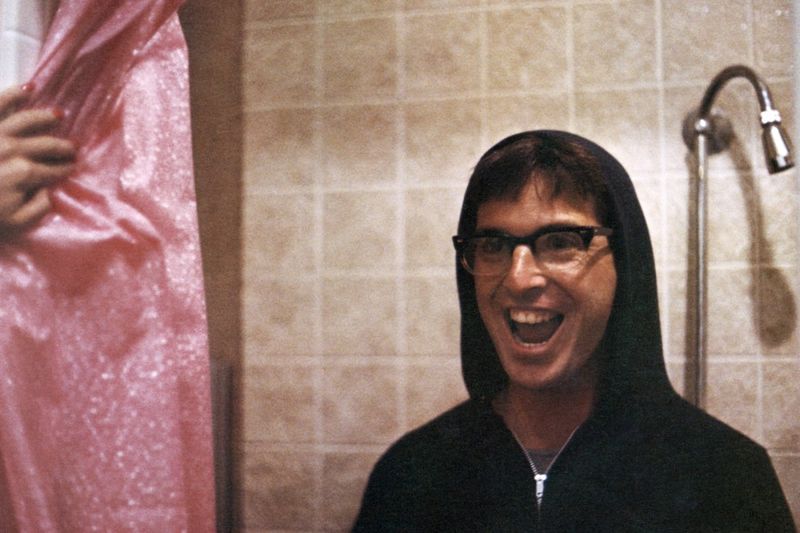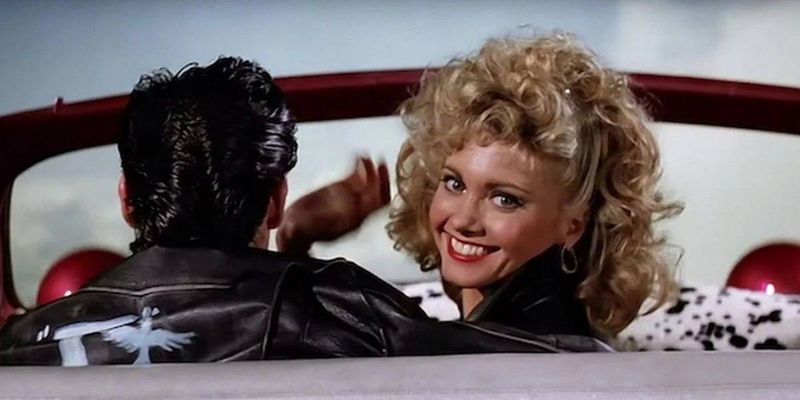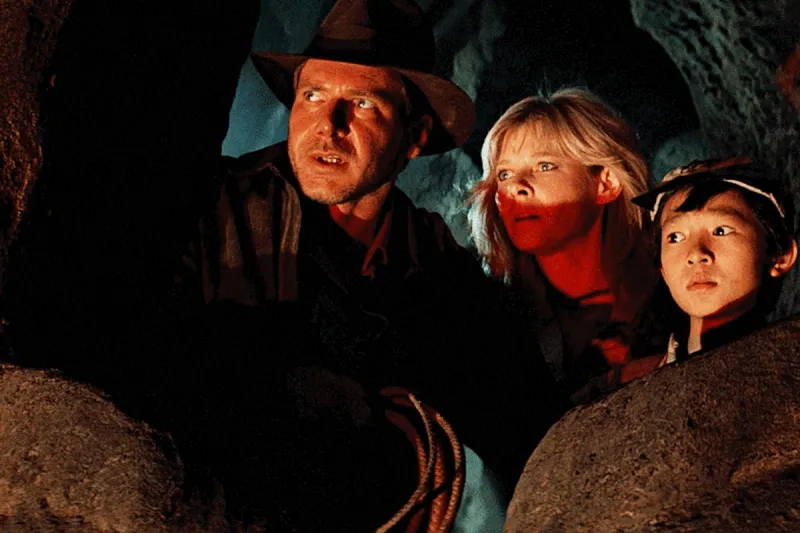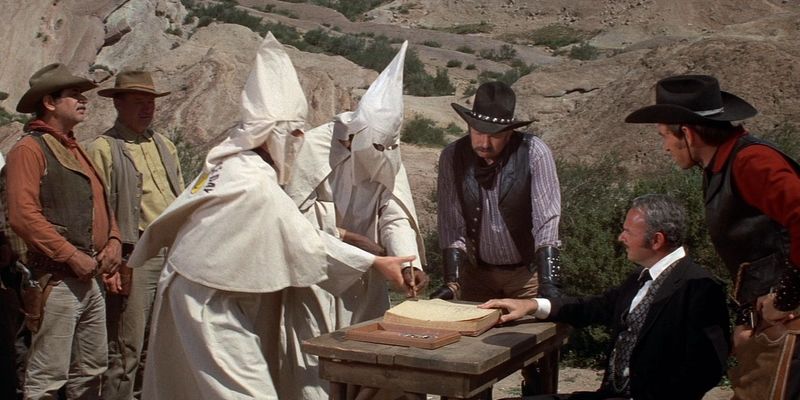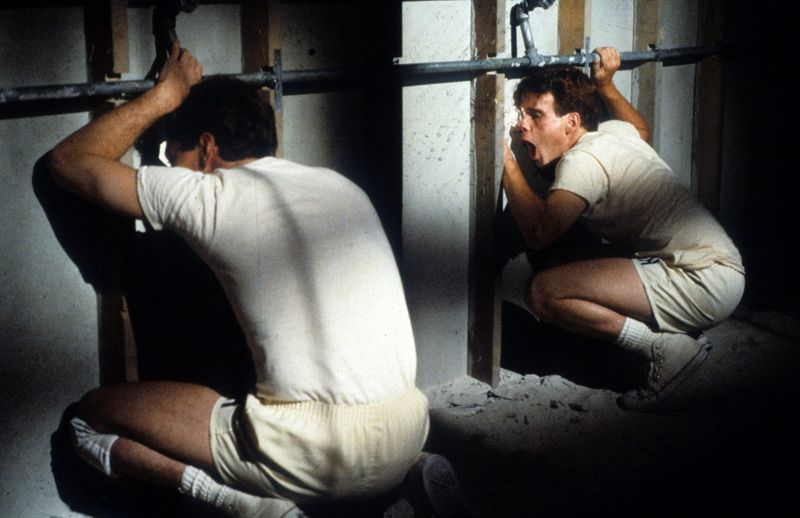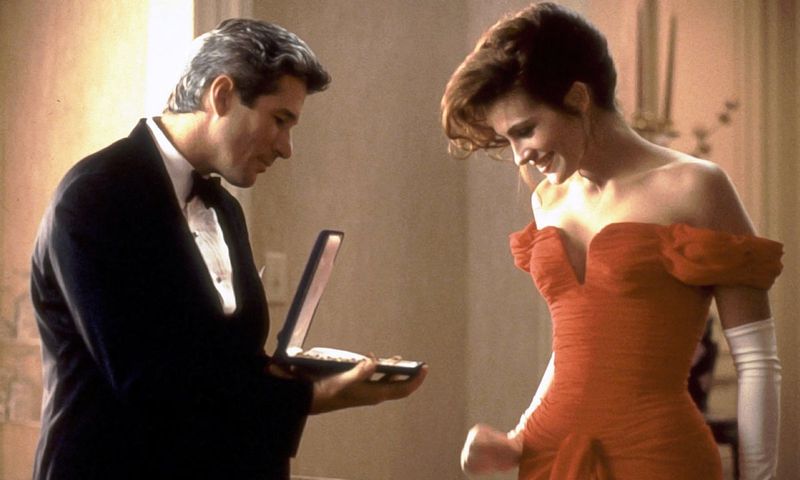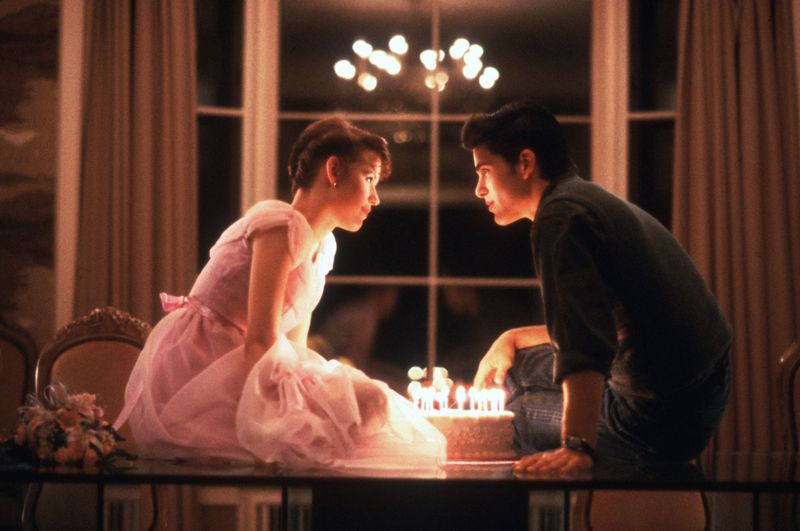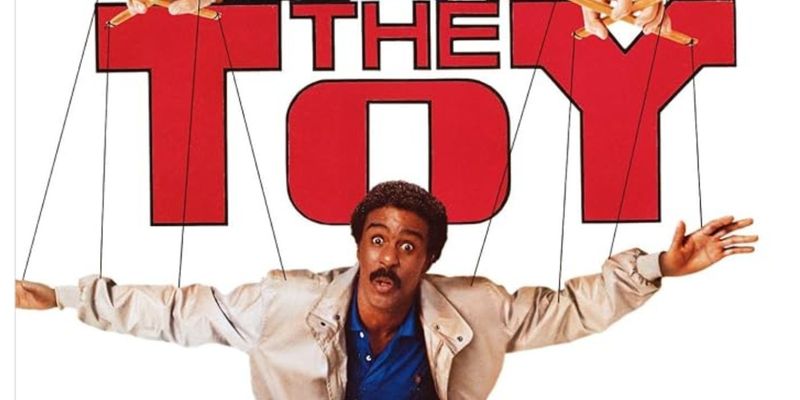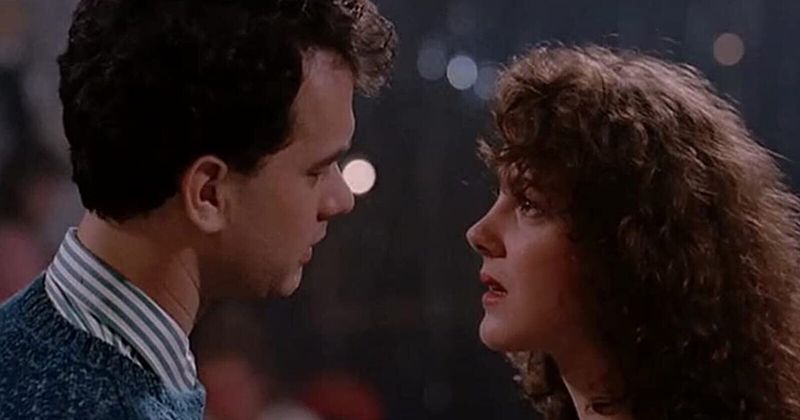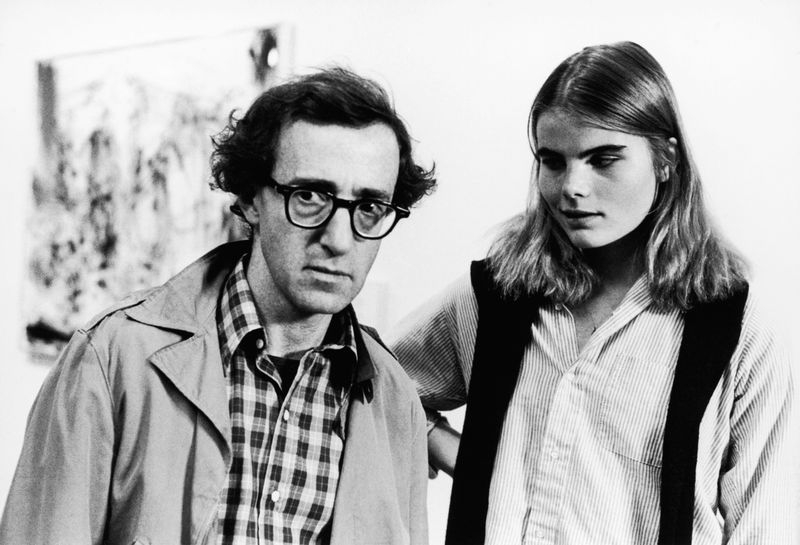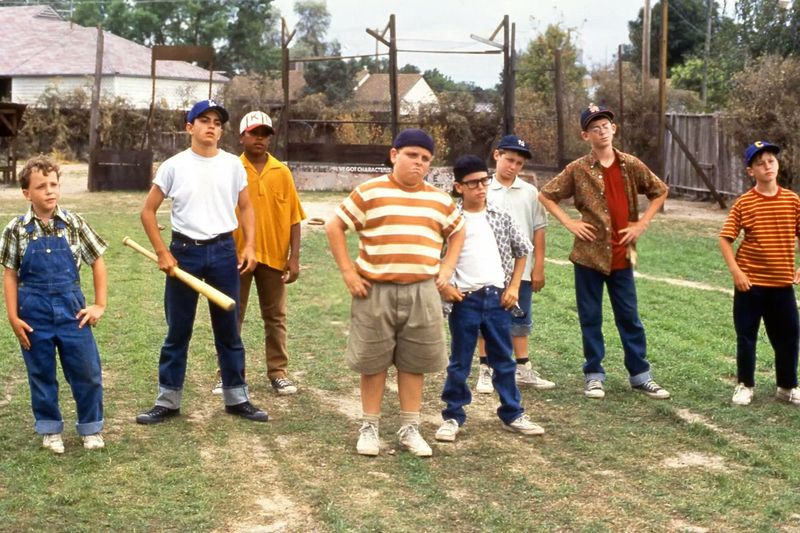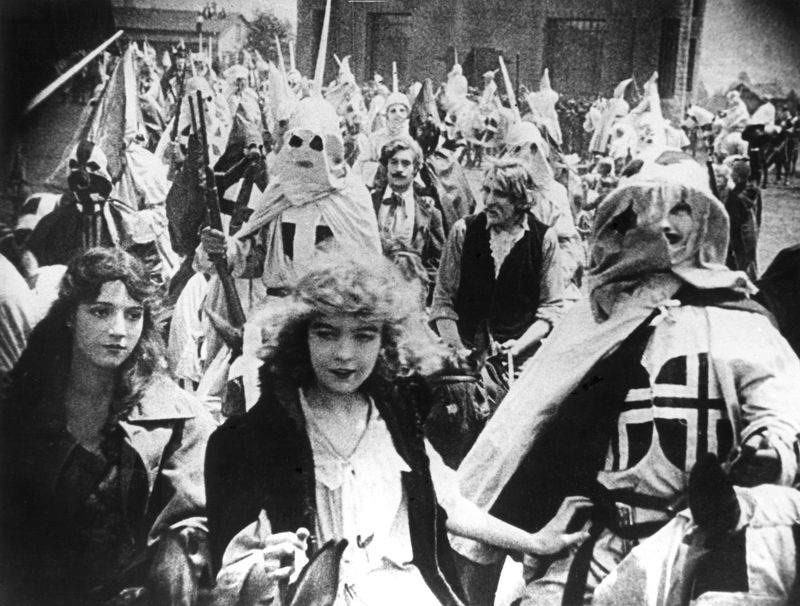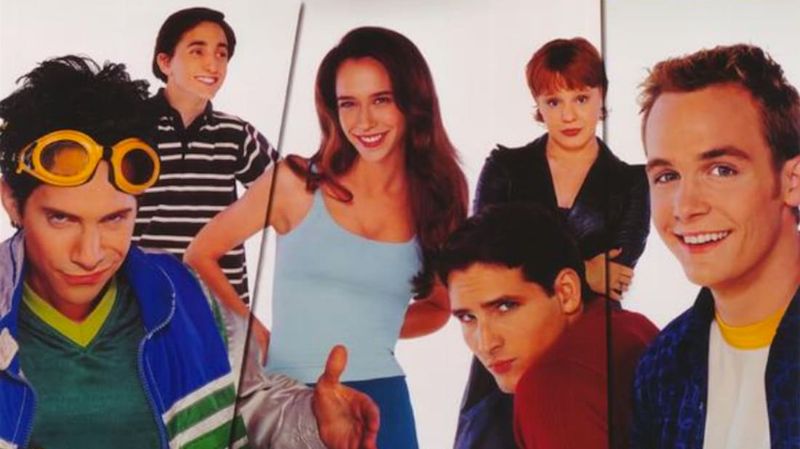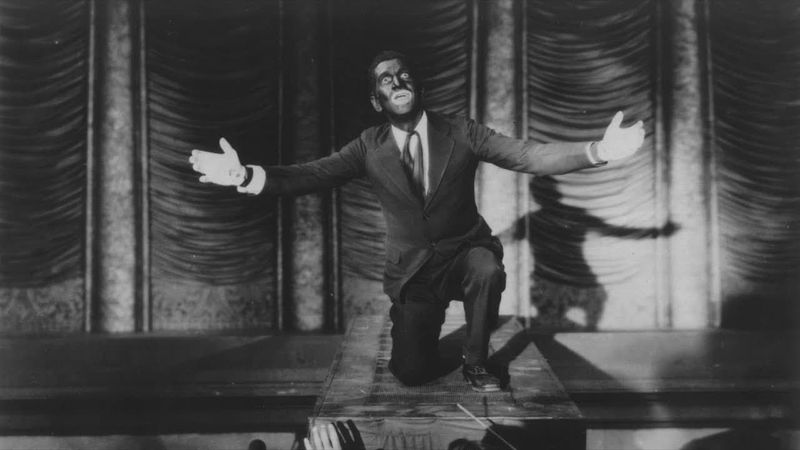They were once hailed as masterpieces, feel-good favorites, or groundbreaking cinema. But times change—and so do our cultural standards. Some classic films that once dominated the box office now make modern viewers wince. Whether it’s outdated stereotypes, troubling themes, or jokes that aged like milk, these 17 beloved movies haven’t exactly stood the test of time. So what changed? We did.
1. Gone with the Wind (1939)
A sweeping Civil War epic with unforgettable performances. The romanticizing of the antebellum South and its portrayal of slavery now reads as dangerously revisionist.
2. Ace Ventura: Pet Detective (1994)
Jim Carrey at his wildest, most quotable. The transphobic twist ending is now widely criticized, turning laughs into awkward silence.
3. Breakfast at Tiffany’s (1961)
Audrey Hepburn’s iconic style and charm. Mickey Rooney’s offensive “yellowface” portrayal of Mr. Yunioshi has aged very poorly.
4. Revenge of the Nerds (1984)
The underdogs win with brains and pranks—classic. Today, several scenes involving voyeurism and non-consensual sex would be classified as criminal.
5. Grease (1978)
Sing-along magic and high school romance. The message that a girl should change everything about herself to get the guy hasn’t aged gracefully.
6. Indiana Jones and the Temple of Doom (1984)
Action-packed sequel with epic stunts. The depiction of Indian culture, “exotic” foods, and racial stereotypes are cringeworthy now.
7. Blazing Saddles (1974)
A bold satire that mocked racism head-on. While intended as parody, its nonstop racial slurs and boundary-pushing jokes land differently in 2025.
8. Porky’s (1981)
A raunchy teen comedy that pushed the envelope. Much of that envelope-pushing now feels predatory, especially scenes involving spying on girls and manipulating sex.
9. Pretty Woman (1990)
A fairy tale romance with a feel-good ending. The glamorization of sex work and power dynamics between the wealthy man and vulnerable woman raise new questions today.
10. Sixteen Candles (1984)
A teen comedy landmark that helped define the John Hughes era. Long Duk Dong. That’s all. Plus the casual treatment of consent issues leaves many modern viewers uncomfortable.
11. The Toy (1982)
Richard Pryor in a family comedy—what’s not to love? The entire premise—a wealthy white boy “buys” a Black man as a toy—is shocking through today’s lens.
12. Big (1988)
Tom Hanks’s breakthrough performance in a sweet coming-of-age fantasy. The romantic relationship between a grown woman and a 12-year-old (in an adult body) raises serious eyebrows.
13. Manhattan (1979)
Woody Allen’s moody, cerebral love letter to New York. The central romance between a 42-year-old man and a 17-year-old girl feels disturbingly autobiographical in hindsight.
14. The Sandlot (1993)
Childhood summer magic, baseball, and nostalgia galore. The scene where a young boy tricks a woman into kissing him while pretending to drown is played for laughs, but now feels creepy.
15. The Birth of a Nation (1915)
A technical and cinematic achievement of its time. Its overt racism and glorification of the Ku Klux Klan make it one of the most offensive films in American history.
16. Can’t Hardly Wait (1998)
A time capsule of late-’90s teen movie tropes. Characters’ actions, like drunken hookups and “nerdy revenge,” read far more predatory than charming now.
17. The Jazz Singer (1927)
The first “talkie” in cinematic history. Al Jolson’s use of blackface, though commonplace at the time, is deeply offensive today—and overshadows the film’s innovations.
